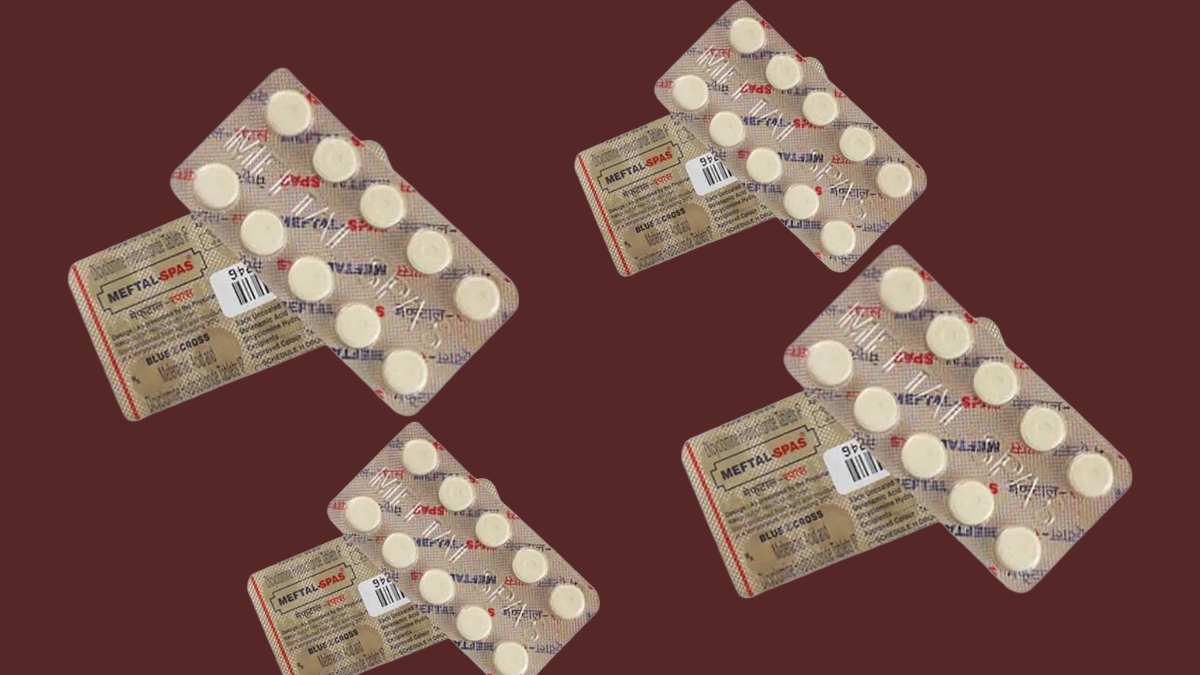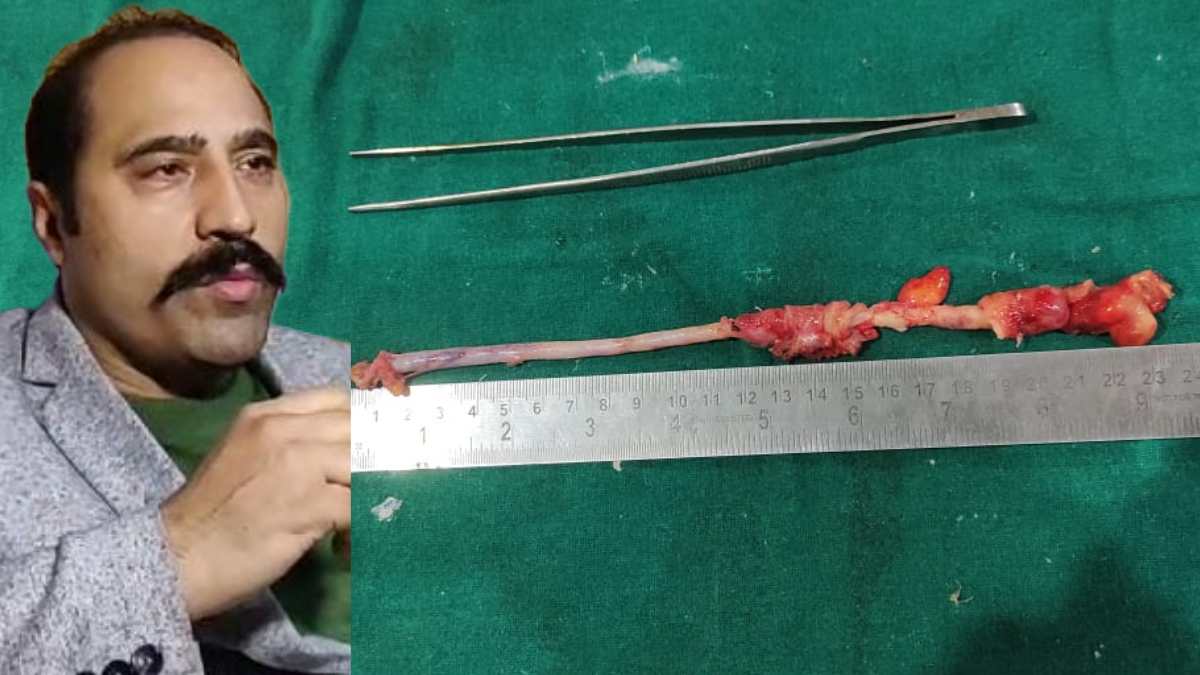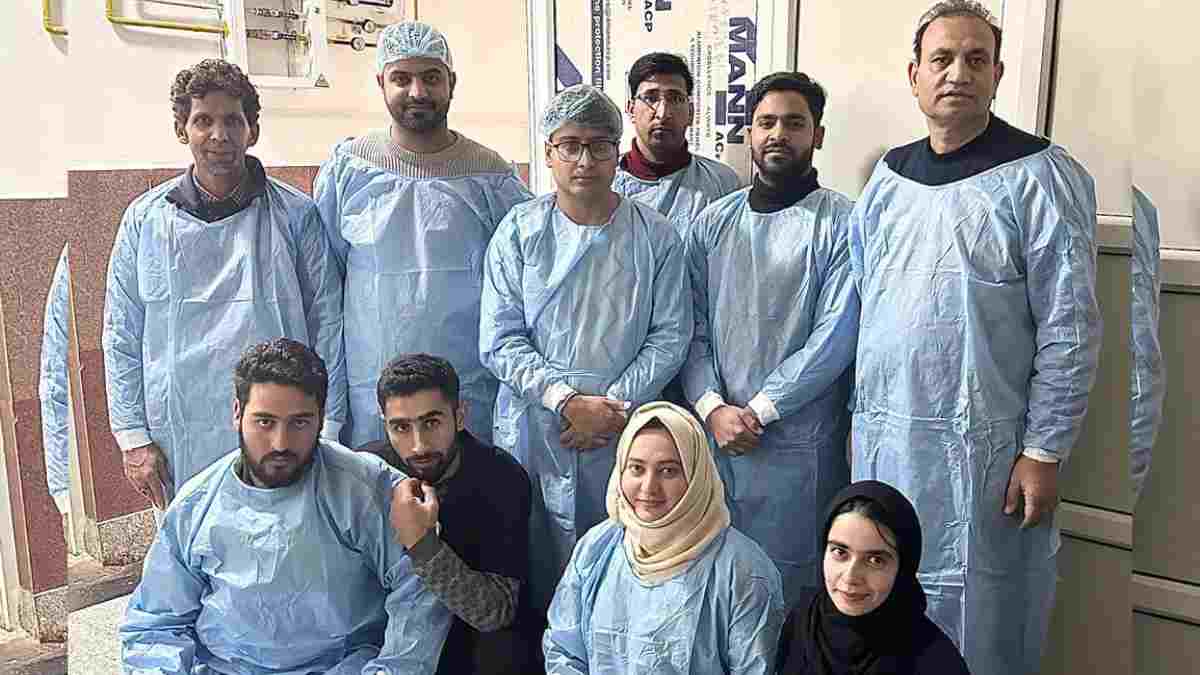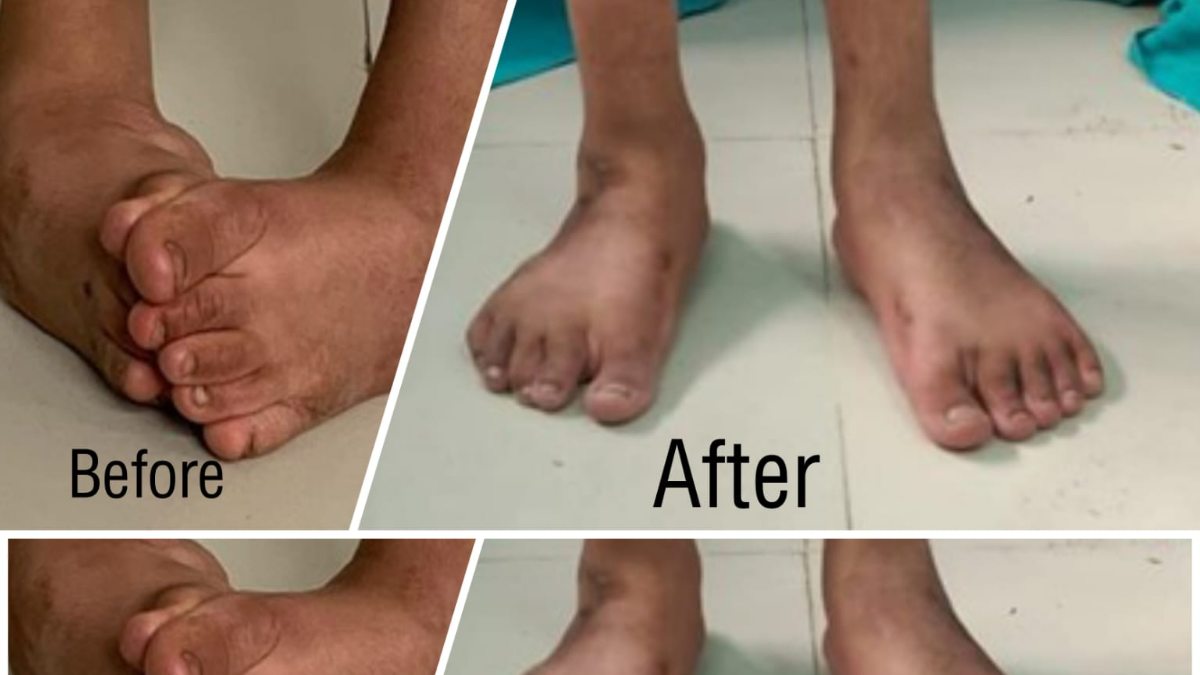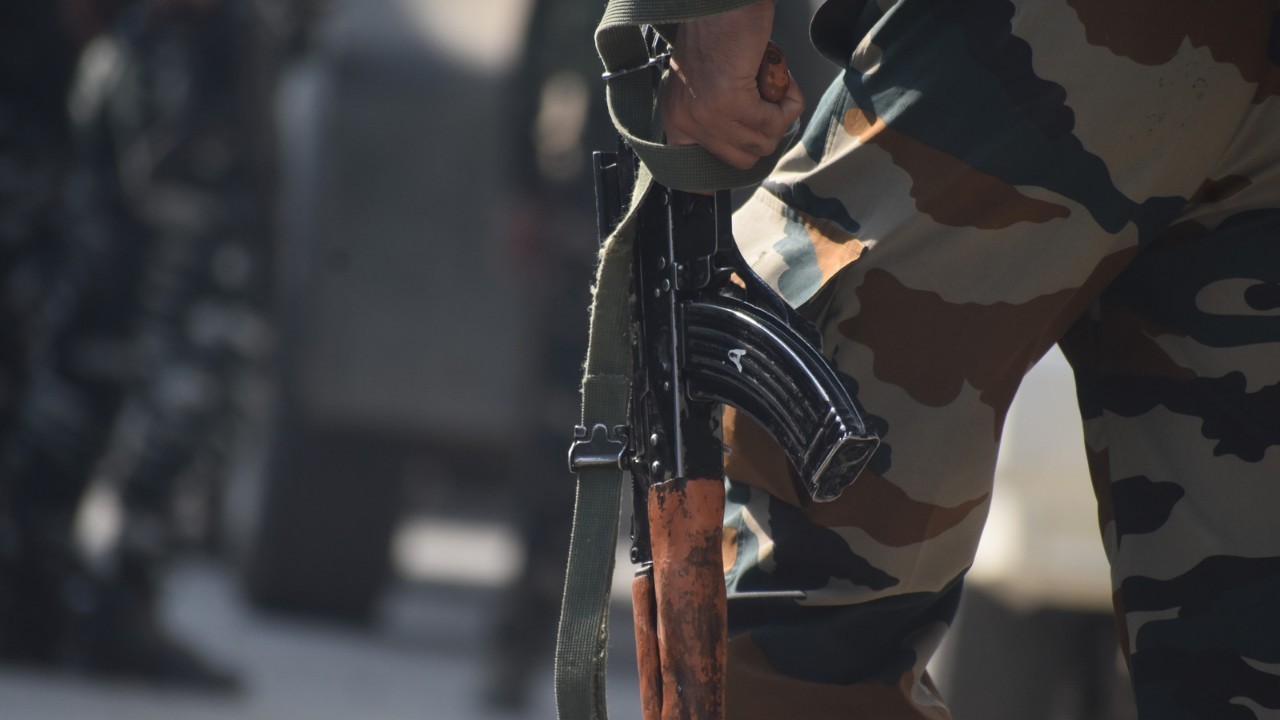Florida, Jan 25: A USF doctor is putting out a warning about COVID-19 and your lungs. The X-rays and scans she’s seeing show worse damage post-COVID-19 than in lungs of people who have smoked for years.
The damage is seen even in some patients who never saw a symptom of COVID-19.“The lung when it’s scarred is scarred, period,” said Dr. Gaetane Michaud, a pulmonologist with USF.
When the pandemic first started in March, she was on the frontline in New York City. She’s since reviewed hundreds of X-rays and scans of the post-COVID-19 lung.
Dr. Michaud shows a scan of a pair of healthy lungs. They are full of air that looks black. She then shows a scan of a smoker’s lungs with emphysema damaging the air sacs. Then, she shows a scan of post-COVID lungs.
The lungs are hazy and filled with white. That white out is heavy scarring, and unlike other organs, the lungs do not regenerate.“You have like, it’s almost like a bunch of concrete around a certain area, so nothing can get past that concrete so the oxygen can’t get into the body because those air sacs are so scarred around them that the oxygen can’t get through,” she explained.
She says while the inflammation can get better, that scarring that’s left behind is yours for life. Dr. Michaud reports that in nearly all those scans and X-rays she’s reviewed, she’s seen damage to the lungs, even if the patient had barely any symptoms or none at all related to the lungs.
“You know, what’s really stunning?” she asked. “When you see patients that had very few symptoms, and then they come in with these scarred lungs.”
In the worst cases, their only chance for survival is a lung transplant. But there is good news. Unlike her time in New York, doctors have since learned more about the virus and the best therapies to lessen the damage’s severity.
At the beginning, doctors would quickly put a patient who was struggling to breathe on a ventilator. They later discovered ventilators could add to the damage in the lungs.
“It looks a lot like an end-stage lung disease,” she said while looking at scans of COVID-19-lungs.
The seriousness of COVID-19 to the lungs is comparable to smoking, but there’s one big difference — time.
“We’re not talking over decades, we’re talking over days to weeks we’re seeing these horrible changes in the lungs, some are unrecoverable,” she said.
She suggests if you’ve ever had COVID-19, with or without symptoms, talk to your doctor to see if a scan of your lungs is right for you.
This story originally reported by Isabel Rosales on ABCActionNews.com.






